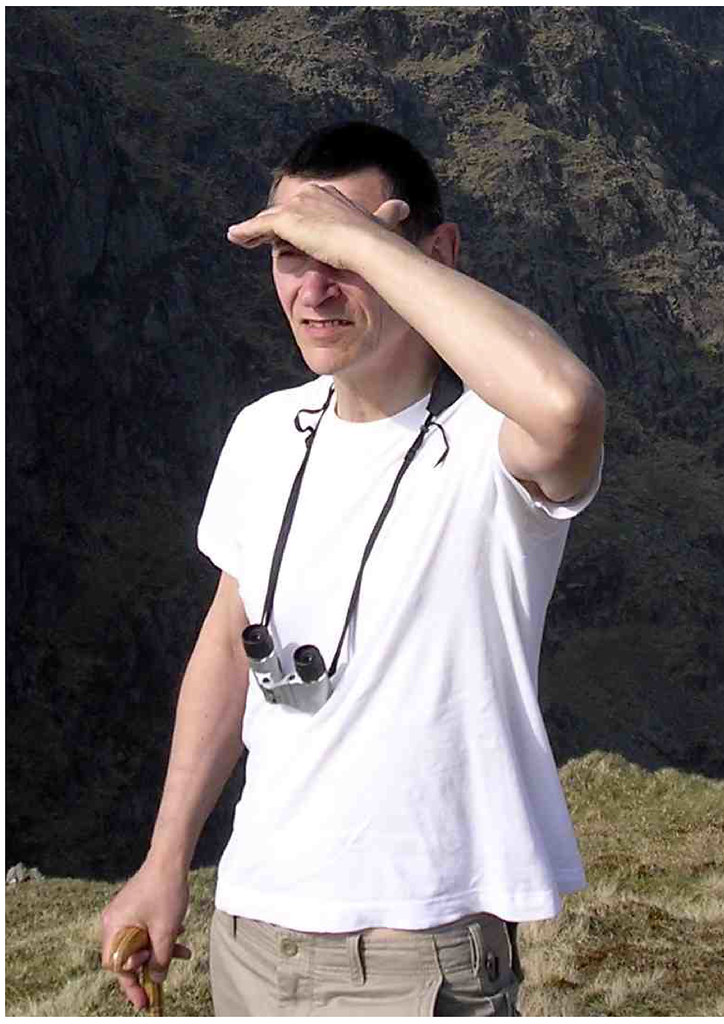A small piece of window glass was uniformly frosted with 45 micron diamond powder made into a paste with glycerine (using a flat glass muller) then washed and dried. The reverse was masked with Sellotape, and a design painted on the front with nail varnish. After thorough drying, it was re-etched by immersion in 15% sulphuric acid with about 10% sodium bifluoride added, in a sealed plastic container for about 24 hours.
The results after this time were disappointing, with no apparent change in the frosting when wet. After washing and drying, again there seemed little change in the frosting - at least for the first few minutes! After that, to my astonishment, a dendritic growth of what seemed to be white crystalline material appeared over the whole of the exposed glass surface, taking about 5 minutes to cover it entirely. On scraping with a blunt plastic tool, it was found to be some kind of loose surface material, presumably silica-based. It was again washed, and the masking agents removed. This plainly showed a difference in the etching texture given by diamond paste compared with the chemical etch. I need to research the nature of silica degradation by bifluoride!
2008-02-24
Etching glass II
Posted by
Paul Jelley
at
22:09
![]()
![]()
Subscribe to:
Post Comments (Atom)


No comments:
Post a Comment